Shimla is like no other cities in India with its location in the Himalayas and a special ambiance of the beautiful mix of British colonial times and modern Indian daily life. Shimla was established as the summer capital of the British, with the Viceroy and the entire administration moving to here when temperatures became too high in Delhi. It made Shimla one of the most important cities in British Raj.
Countless beautiful British-style buildings are everywhere in Shimla’s streets. Timber framing, tudor style and other European inspired architecture were built in the latter half of the 19th century to the first decades of the 20th century. On the main streets of The Mall and The Ridge, there are many stylish examples with Town Hall and Christ Church being some of the most famous.
Several of Shimla’s residences are also worth a visit. The highlight is the Viceroy’s summer castle, Viceregal Lodge, from which the colony of India was ruled during many summers. Viceregal Lodge is a distinguished building that impresses with both interior and exterior. A visit here is like coming back to the colonial era.
At a stroll along The Mall and The Ridge, you will see many of the city’s architectural gems, but this also goes for the rest of the old parts of Shimla. The city’s location is on a ridge, which rewards you with fine views of the area from many streets and squares. And with a view to the high Himalayan peaks to the north.


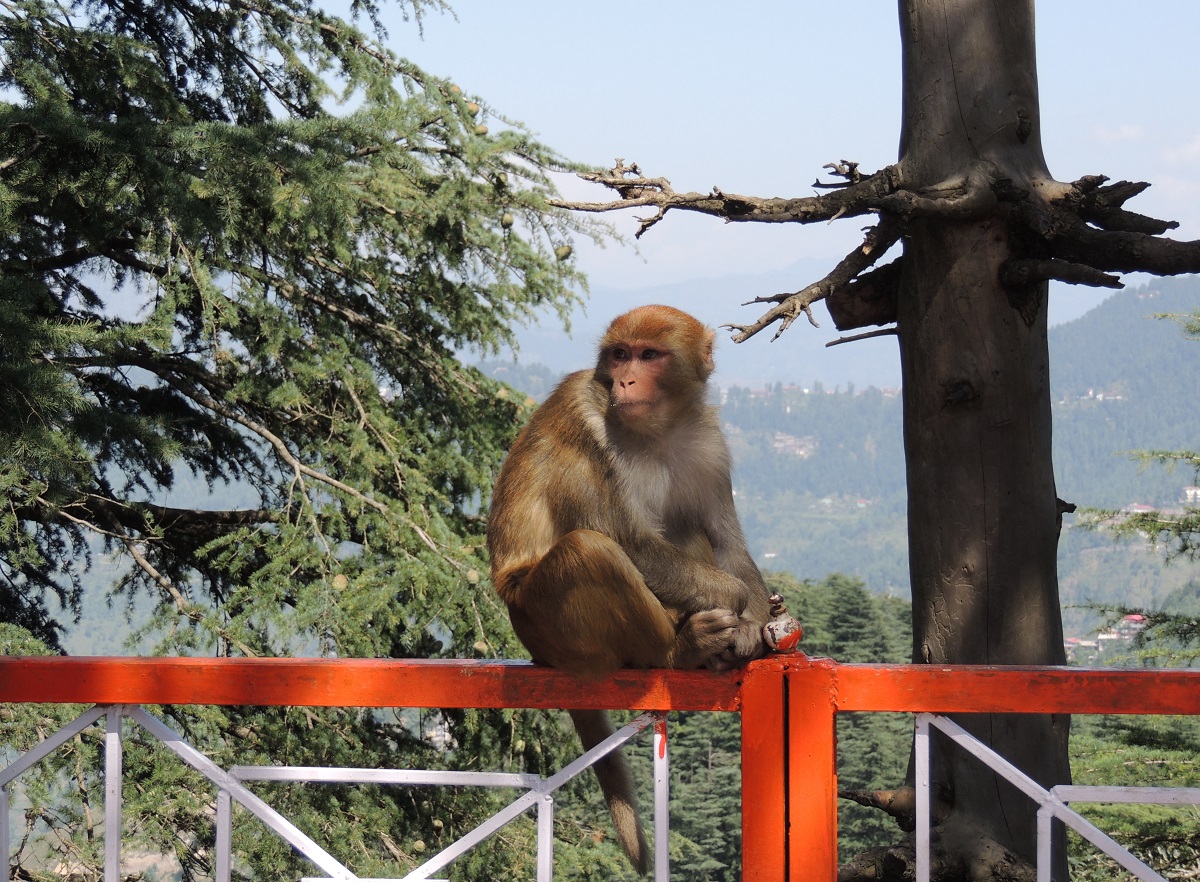

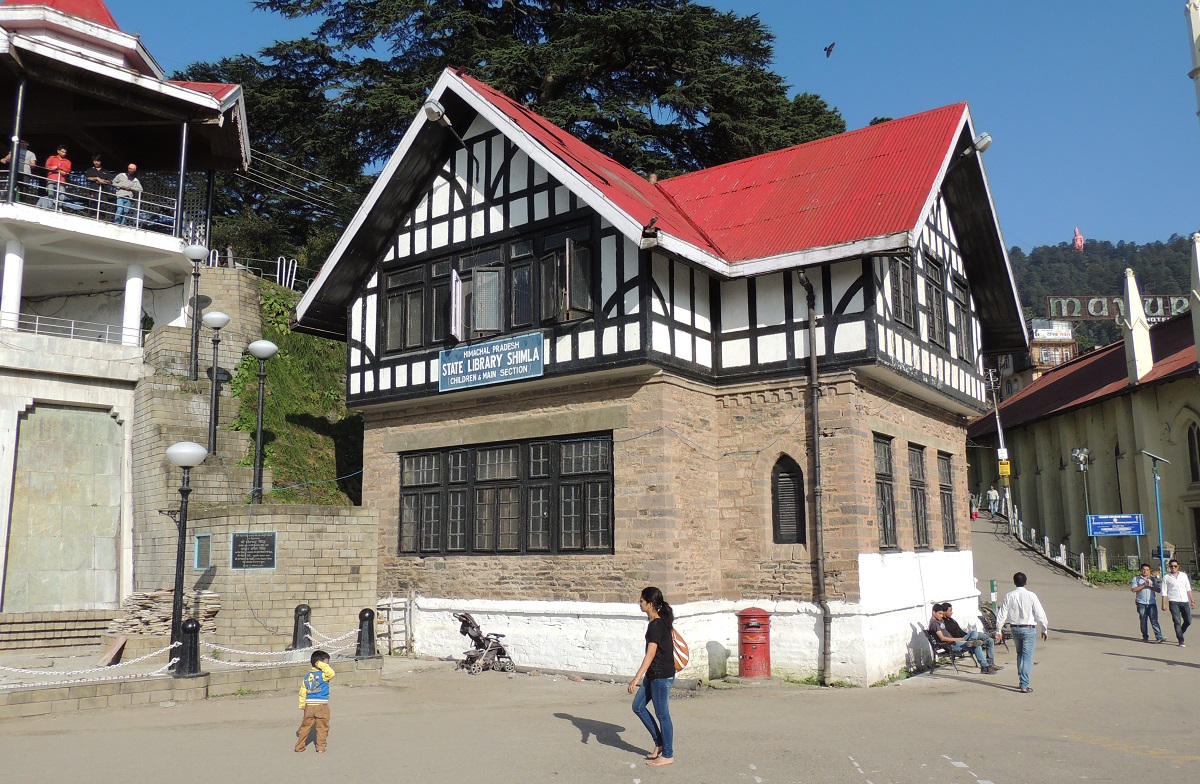
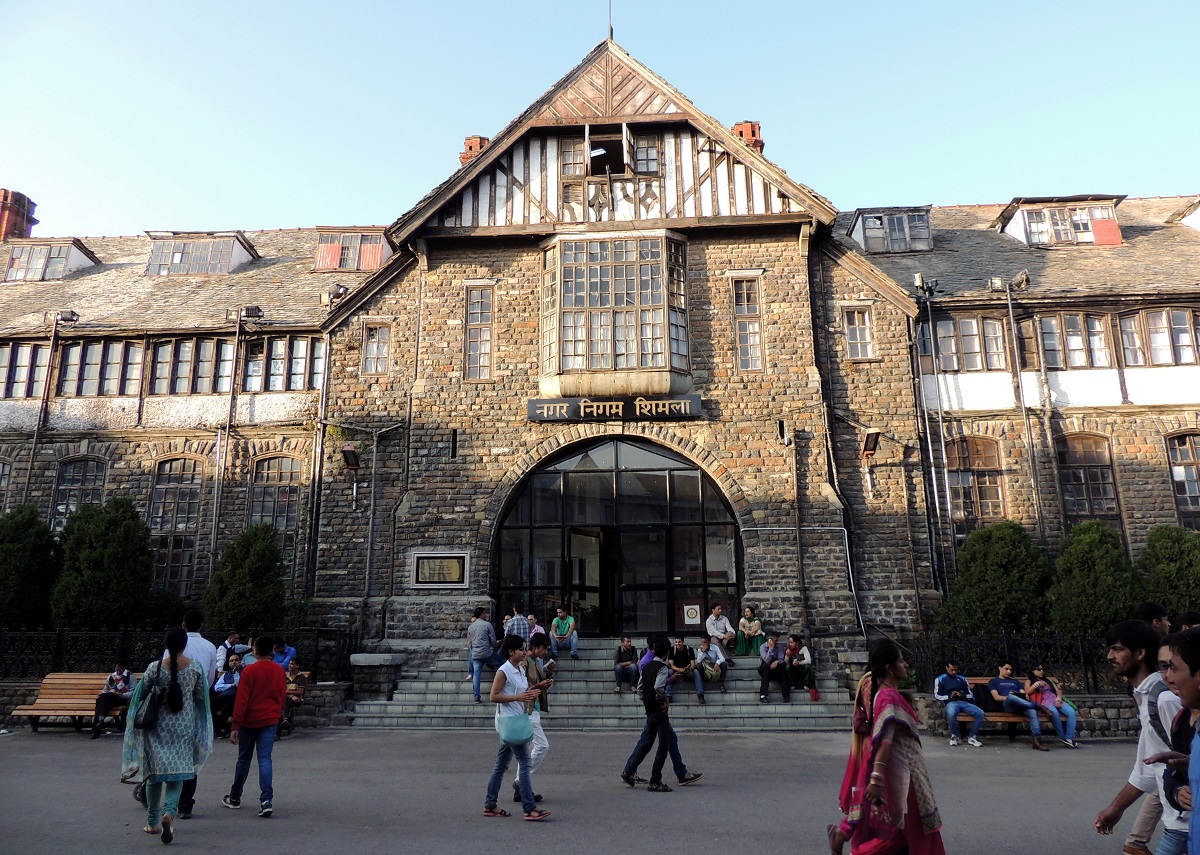
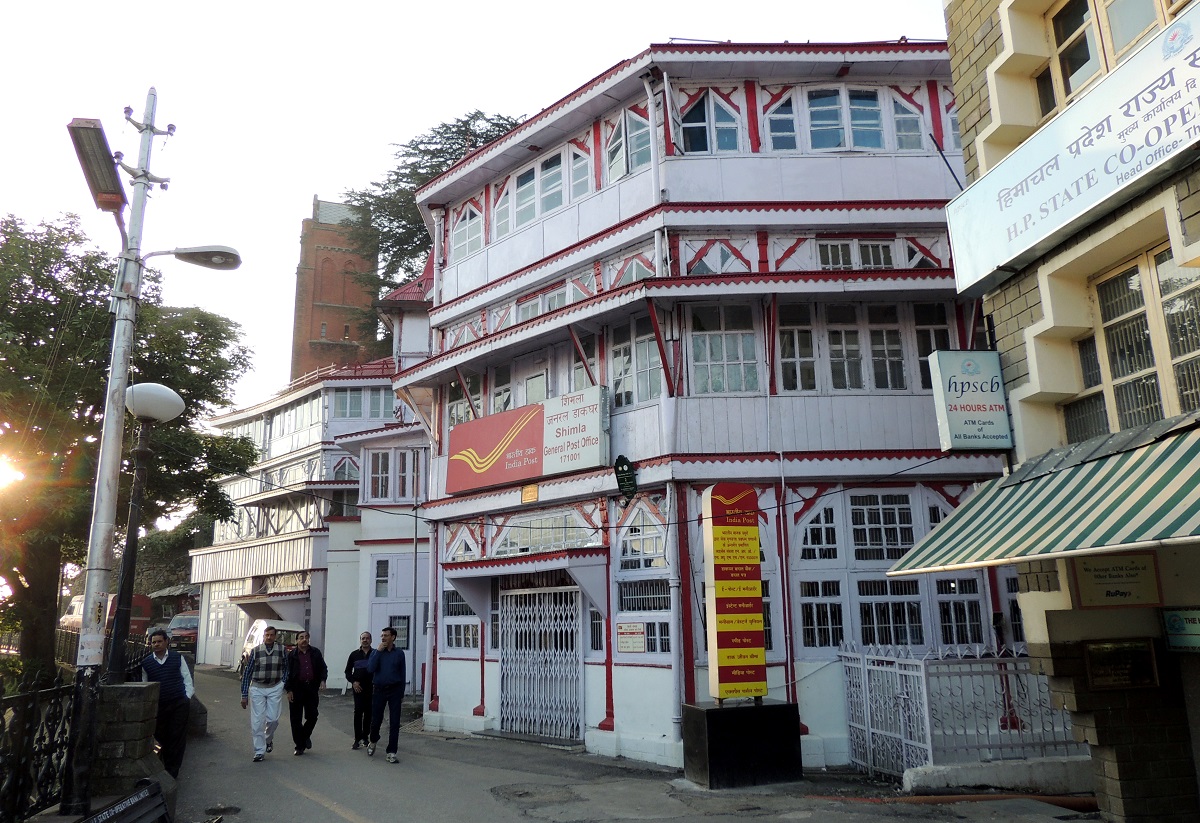

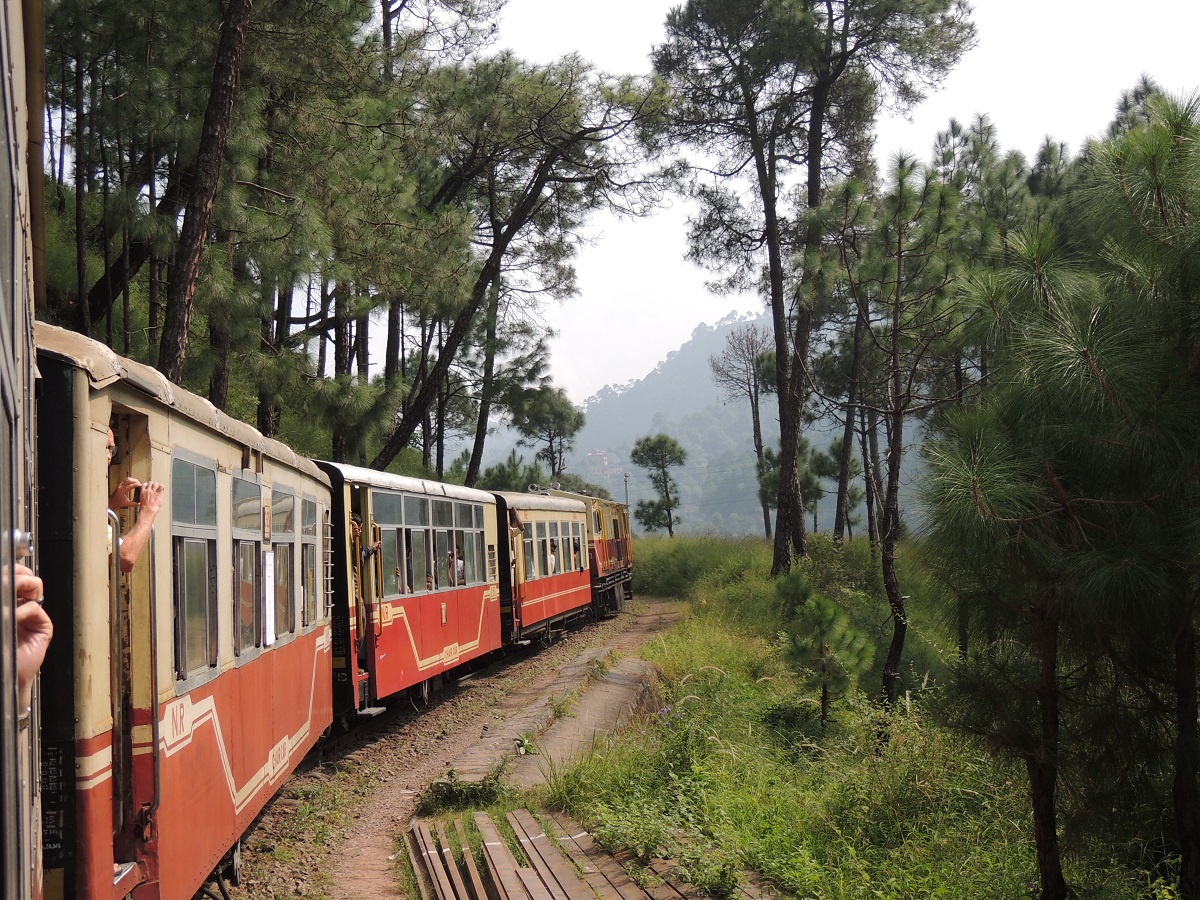


From Temple to Town
The city of Shimla is a relatively new town, with the area still being forested in the 18th century with only a few inhabitants. The most important place here was the Jakhoo Temple, which can still be experienced today. The area of the scattered settlement was called Shimla; the name comes from the Hindu goddess Shyamala Devi, who is an incarnation of Kali.
At the beginning of the 19th century, the town of Shimla was gradually established. It was Nepalese Prime Minister Bhimsen Thapa, who had control of the area until the Anglo-Nepalese War, which broke out in 1814. Before the war, Nepal, in the form of the Kingdom of Gorkha, had an extensive kingdom, which with the Sugaulite Treaty in 1816 was cut by about a third.
The Anglo-Nepalese War was waged 1814-1816 between Gorkha and the expanding British East India Company, which won the settlement. In addition to Shimla, other areas west, south and east of present-day Nepal were transferred to the East India Company and thereby to British rule.
In 1817, Shimla was described as a medium-sized village, and in the following years the British began to increasingly build houses in the area.
The Hill States and Governors
In the northern outskirts of British India, The Hill States was established, and in 1819 the political official, Lieutenant Ross, established a wooden shack in Shimla, and several others followed his example. The cool climate of the area attracted the British, who found the place comfortable as a resort unlike the intense heat that was in the summer in Delhi and elsewhere in India.
Charles Pratt Kennedy erected a larger house in 1822, and it became the setting for several prominent visits. Lord Amherst, governor general of Bengal, resided here in 1827, and the following year the British military commander in India, Lord Combermere, arrived.
Lord Combermere embarked on the construction of a road and a bridge to the difficult mountain range. It was ready in 1829, and at that time there were about 30 houses in Shimla. The British also acquired land around Shimla from local chiefs, and it increased interest in Shimla, which grew rapidly in the following decades.
Lord Combermer’s replacement was Earl Dalhousie, and he came to Shimla in 1832, and the town then proceeded to receive visits from the important persons of British India. In the 1830s, younger and hopeful officers followed the higher rankings, and with them came women with plans for marriages in the better circles.
In doing so, Shimla’s position was secured as a meeting place with parties, balls and other activities. The upper class children could also attend boarding school here, just as art and theater also became part of the city’s life. Indian merchants were attracted to the wealthy British, and shops and bazaars also shot up between the ever-increasing number of houses and inhabitants.
Christ Church
Shimla continued its rapid development in the 1840s, and a visible sign of the British presence was the construction of an English-style church. The foundation stone of Christ Church was laid September 9, 1844, and it was just one of the buildings that gradually required better access through the mountainous landscape.
Several roads up the mountains were constructed and a tunnel was opened in 1852 so that people and building materials could eventually reach Shimla in greater volume. The 1850s were a time when Shimla evolved; it also happened despite the Indian rebellion against British rule in 1857.
Summer capital
The capital of the British Raj colony was Calcutta, which was very hot during the summer months. In 1863 John Lawrence as British Viceroy of India established Shimla as the summer capital despite the long distance from Calcutta.
The entire government administration had to be moved to and from Shimla every year and it was a major logistical project as the city was not connected by major roads or rail to the rest of India. New buildings were also to be established in Shimla for the government and for other institutions in the new capital.
A fire in the Upper Bazar area, which today constitutes The Mall, caused Shimla to become this as an administrative center with town hall and many buildings for European residents and travelers.
Shimla also came to house the British military leadership of India in the summer, and from 1871 also the state of Punjab government. Lord Lytton became viceroy in 1876, and he initiated the establishment of a larger government building; the so-called Viceregal Lodge, built in 1888.
Kalka-Shimla Railway and the 20th Century
In the last decades of the 19th century, Shimla continued to grow, and in the city, the hills on the ridge were connected by several roads and new tunnels were drilled to make traffic easier. Life was lived summer and winter, where, among other boarding school children lived in the city.
However, getting from the Indian lowlands to Shimla continued to bring visitors and goods to the city. A railroad was planned to connect Shimla to the city of Kalka, from which there were further connections around India.
The Kalka-Shimla Railway was opened in 1906, and with over 800 bridges and more than 100 tunnels, the facility was a major engineering enterprise. The course brought Shimla closer to the rest of India and the city became an easier place to rule the colony.
The following decades, Shimla continued to expand on the mountain ridges with The Mall at its center. Due to the weather, the city continued to attract British during the colonial period, and in the first decades of the 20th century many new houses and buildings were erected. The British Shimla stretched between Jakhoo Hill and Prospect Hill.
India’s independence to this day
When India gained independence from British rule in 1947, a long-term formation of new administrative units in northern India, previously characterized by countless small states, began. In 1948, the Himachal Pradesh area was established and over the following decades, land areas were continually defined or separated as parts of Himachal Pradesh, Punjab and others. In 1971, the borders of Himachal Pradesh were finally established by the formal establishment of the eighteenth state of the Indian Union. On that occasion, Shimla became the capital.
Today, Shimla has developed as both an administrative center and a tourist area. The core remains The Mall and the many British buildings here, and they also provide popular backdrops for many Bollywood movie productions that help make Shimla popular.
Kalka-Shimla Railway has been included in UNESCO’s list of world heritage sites, and by a trip by train or by the major new roads to Shimla you can see for yourself that the city has grown tremendously over a large and beautiful area. The city has more than 800,000 inhabitants and is a favorite destination of summer and winter.
Overview of Shimla
Shimla is like no other cities in India with its location in the Himalayas and a special ambiance of the beautiful mix of British colonial times and modern Indian daily life. Shimla was established as the summer capital of the British, with the Viceroy and the entire administration moving to here when temperatures became too high in Delhi. It made Shimla one of the most important cities in British Raj.
Countless beautiful British-style buildings are everywhere in Shimla’s streets. Timber framing, tudor style and other European inspired architecture were built in the latter half of the 19th century to the first decades of the 20th century. On the main streets of The Mall and The Ridge, there are many stylish examples with Town Hall and Christ Church being some of the most famous.
About the upcoming Shimla travel guide
About the travel guide
The Shimla travel guide gives you an overview of the sights and activities of the Indian city. Read about top sights and other sights, and get a tour guide with tour suggestions and detailed descriptions of all the city’s most important churches, monuments, mansions, museums, etc.
Shimla is waiting for you, and at vamados.com you can also find cheap flights and great deals on hotels for your trip. You just select your travel dates and then you get flight and accommodation suggestions in and around the city.
Read more about Shimla and India
Buy the travel guide
Click the “Add to Cart” button to purchase the travel guide. After that you will come to the payment, where you enter the purchase and payment information. Upon payment of the travel guide, you will immediately receive a receipt with a link to download your purchase. You can download the travel guide immediately or use the download link in the email later.
Use the travel guide
When you buy the travel guide to Shimla you get the book online so you can have it on your phone, tablet or computer – and of course you can choose to print it. Use the maps and tour suggestions and you will have a good and content-rich journey.
Colonial Architecture • The Mall • Jakhoo Temple • Christ Church
Overview of Shimla
Shimla is like no other cities in India with its location in the Himalayas and a special ambiance of the beautiful mix of British colonial times and modern Indian daily life. Shimla was established as the summer capital of the British, with the Viceroy and the entire administration moving to here when temperatures became too high in Delhi. It made Shimla one of the most important cities in British Raj.
Countless beautiful British-style buildings are everywhere in Shimla’s streets. Timber framing, tudor style and other European inspired architecture were built in the latter half of the 19th century to the first decades of the 20th century. On the main streets of The Mall and The Ridge, there are many stylish examples with Town Hall and Christ Church being some of the most famous.
About the upcoming Shimla travel guide
About the travel guide
The Shimla travel guide gives you an overview of the sights and activities of the Indian city. Read about top sights and other sights, and get a tour guide with tour suggestions and detailed descriptions of all the city’s most important churches, monuments, mansions, museums, etc.
Shimla is waiting for you, and at vamados.com you can also find cheap flights and great deals on hotels for your trip. You just select your travel dates and then you get flight and accommodation suggestions in and around the city.
Read more about Shimla and India
Buy the travel guide
Click the “Add to Cart” button to purchase the travel guide. After that you will come to the payment, where you enter the purchase and payment information. Upon payment of the travel guide, you will immediately receive a receipt with a link to download your purchase. You can download the travel guide immediately or use the download link in the email later.
Use the travel guide
When you buy the travel guide to Shimla you get the book online so you can have it on your phone, tablet or computer – and of course you can choose to print it. Use the maps and tour suggestions and you will have a good and content-rich journey.





Similar to Shimla Travel Guide
There are no listings matching your search.
Reset